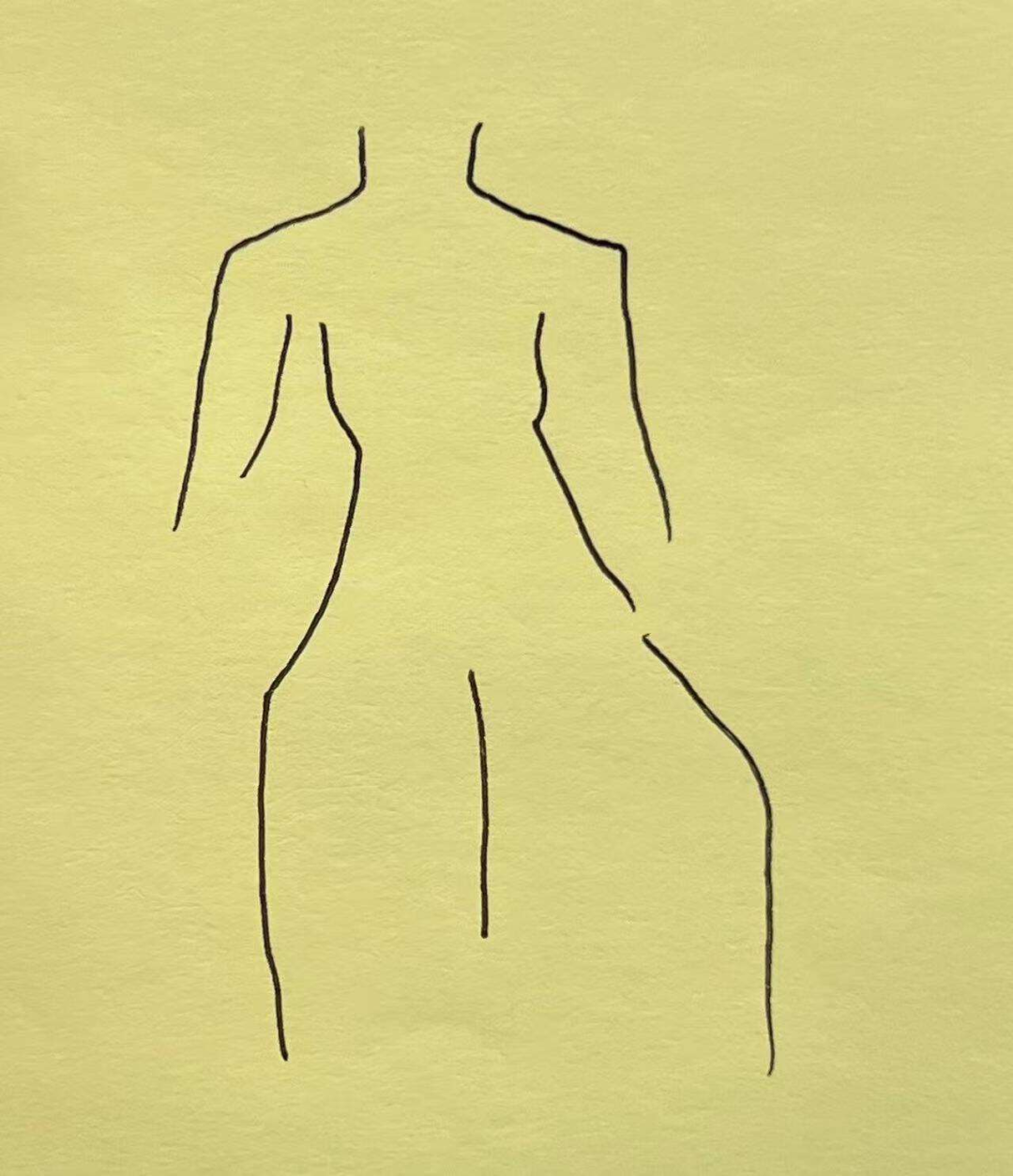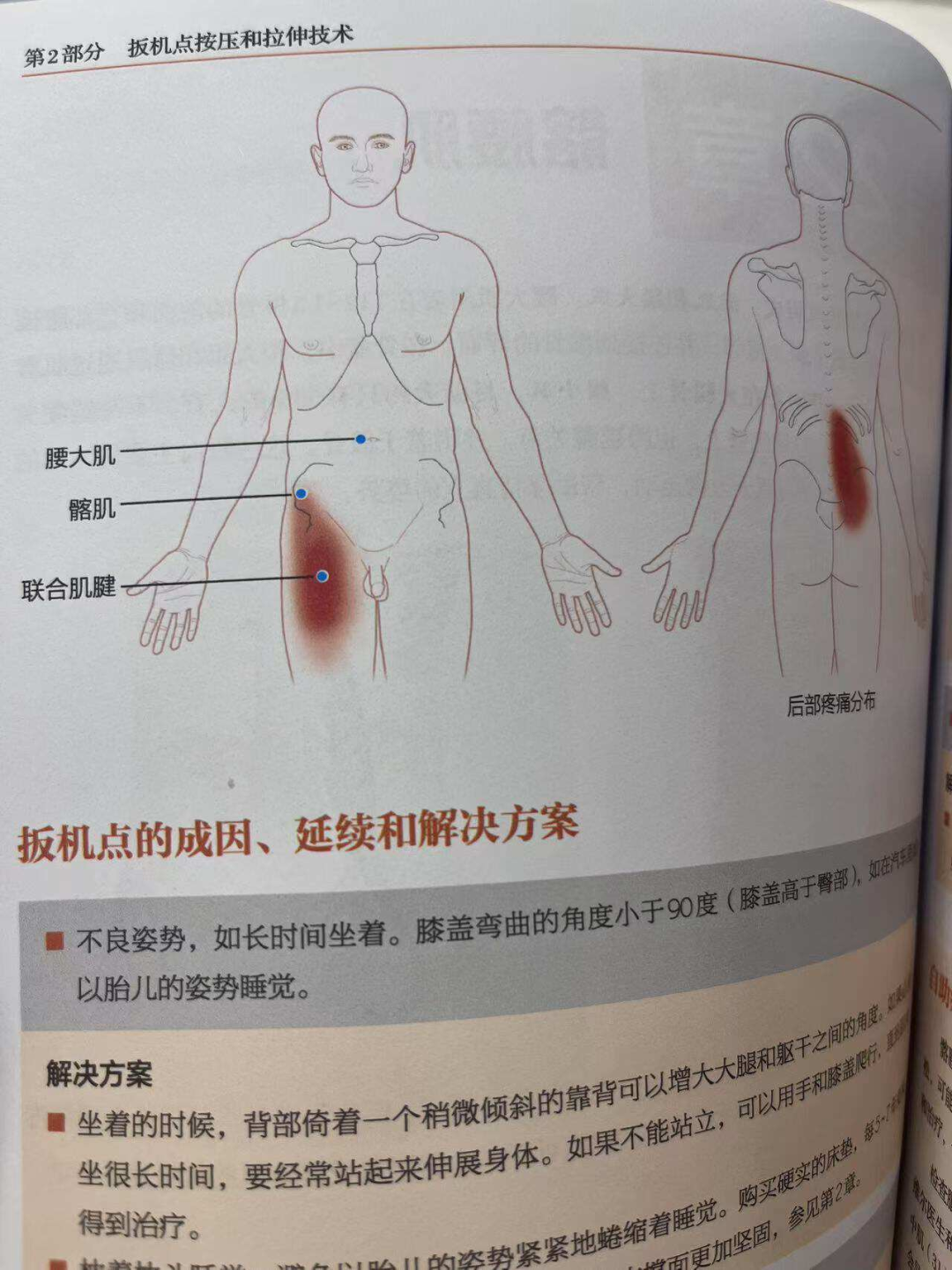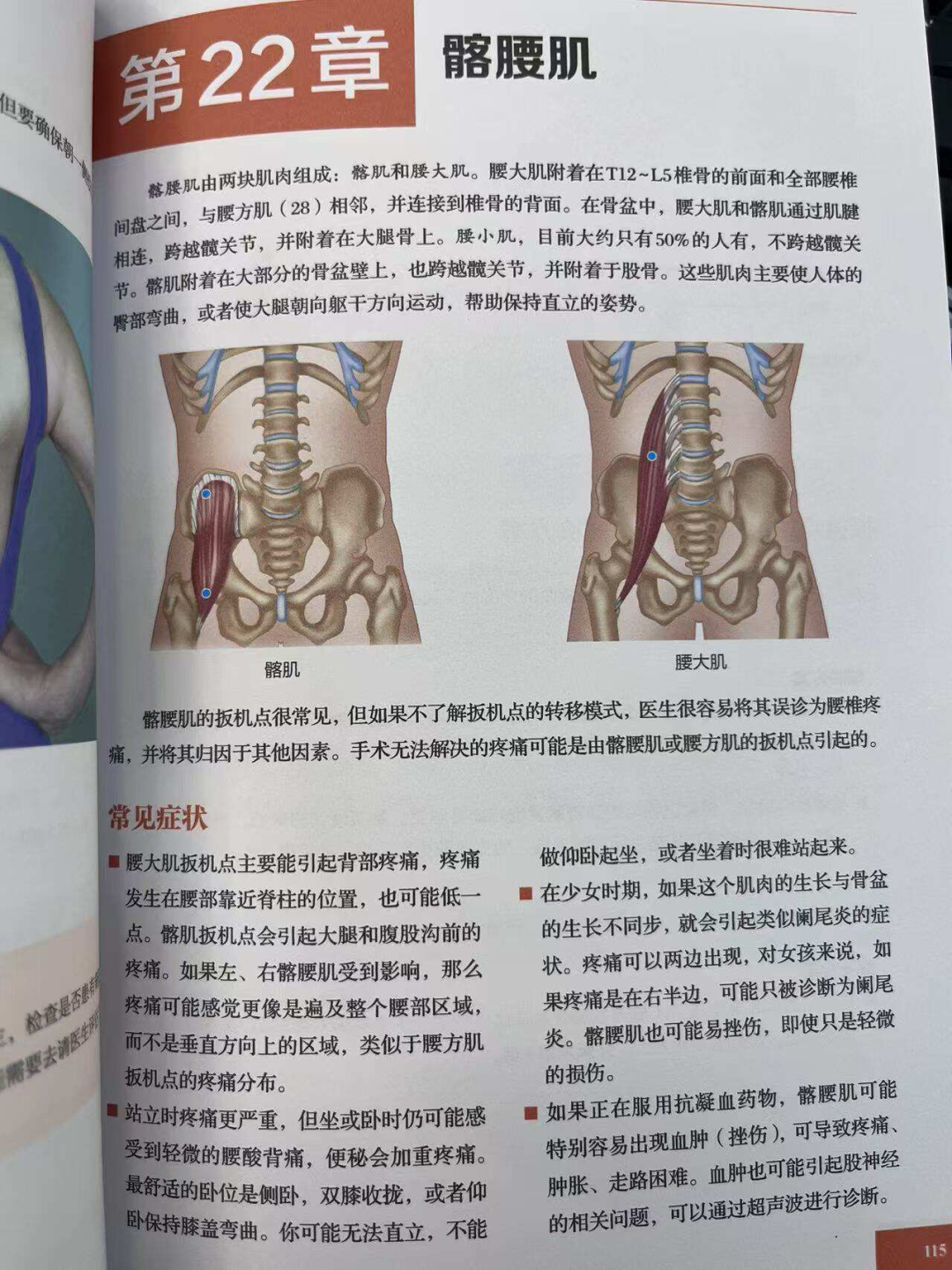“Your body is a temple, and stretching is the key to unlocking its full potential.”
If you have a pear-shaped body (hips wider than shoulders with weight concentrated in the lower body), you’ve likely struggled with stubborn fat and muscle tension in the hips, thighs, and calves. While stretching alone won’t magically shrink your legs, it plays a vital role in improving flexibility, reducing pain, and supporting long-term fitness goals. This guide combines scientific insights, practical tools, and actionable routines to help you create an effective stretching routine tailored to your body type.
2. Understanding the Pear-Shaped Body
Let’s dive deeper into the unique characteristics and challenges of having a pear-shaped body.
- Characteristics: Narrow shoulders, defined waist, wider hips, and fuller thighs.
- Challenges: Fat tends to accumulate in the lower body, and muscles like the glutes, hamstrings, and calves are prone to tension due to prolonged sitting or intense workouts.
Why does stretching matter for pear-shaped bodies?
- Reduces muscle stiffness and improves posture.
- Enhances blood flow to aid recovery after workouts.
- Prevents injuries caused by tight muscles.
3. The Science of Stretching
3.1 Debunking Myths
Let’s clear up some common misconceptions about stretching.
- Myth: Stretching directly reduces leg fat.
- Truth: Fat loss requires a calorie deficit and targeted exercises. Stretching indirectly supports weight management by improving mobility and workout performance.
- Myth: Stretching always thins muscles.
- Truth: Overstretching can cause micro-tears, leading to muscle hypertrophy (growth). Focus on gentle, sustained stretches.
3.2 Key Research Findings
Recent studies shed light on the best practices for stretching.
- A study (DOI: 10.1111/cpf.12622) shows that aggressive stretching may increase muscle size, but moderate stretching improves flexibility without bulk.
- Dynamic stretching (movement-based) is more effective for pre-workout routines, while static stretching (holding poses) suits post-workout recovery.

4. Targeting Trigger Points
4.1 What Are Trigger Points?
Trigger points are tight “knots” in muscles that cause localized or referred pain. For pear-shaped bodies, common trigger points include:
- Hips: From sitting or repetitive movements.
- Calves: Due to high-impact exercises like running.
- Lower Back: Linked to weak glutes or poor posture.
4.2 How to Release Trigger Points
- Locate the Knot: Press gently; a tender spot indicates a trigger point.
- Apply Pressure: Use tools like a foam roller or massage ball for 30–60 seconds.
- Stretch: Follow with slow, controlled stretches for the affected muscle.
Recommended Tools:
- Trigger Point Massage Ball: Targets deep muscle layers (e.g., hips and calves).
- Foam Roller: Ideal for large muscles like thighs and glutes.

5. Essential Stretching Tools
5.1 Budget-Friendly Options
Let’s explore some affordable tools to enhance your stretching routine.
- Foam Rollers:
- Use: Roll slowly over tight areas like thighs and calves.
- Tip: Avoid bony areas; focus on muscle bellies.
- Massage Balls:
- Use: Place under feet or glutes for targeted pressure.
- Variants: Spiky balls for intense release, smooth balls for gentle massage.
5.2 Advanced Tools
For those looking to take their stretching routine to the next level, consider these advanced tools:
- Massage Guns: Provide deep percussion therapy; choose models with adjustable intensity.
- Heated Massage Balls: Improve blood flow and relax stiff muscles.
6. Effective Stretching Routines
6.1 Post-Workout Routine
- Hamstring Stretch:
- Sit with legs extended, reach toward toes while keeping knees straight. Hold 30 seconds.
- Hip Flexor Stretch:
- Lunge forward, lower back knee to the ground, and tilt pelvis forward. Hold 20 seconds per side.
6.2 Desk-Friendly Stretches
- Seated Pigeon Pose:
- Cross one ankle over the opposite knee, press gently on the raised knee.
- Calf Raises:
- Stand up, lift heels, and lower slowly. Repeat 15 times.
7. Long-Term Strategies
To maximize the benefits of stretching for your pear-shaped body, consider these long-term strategies:
- Combine Cardio and Strength Training: Focus on full-body workouts to balance proportions (e.g., swimming, cycling).
- Hydration and Nutrition: Drink water to flush toxins and eat protein-rich foods to repair muscles.
- Consistency: Stretch daily, even for 10 minutes, to maintain flexibility.
8. When to Seek Professional Help
While stretching is beneficial, there are times when professional guidance is recommended:
- Persistent Pain: Consult a physical therapist for chronic muscle tension.
- Custom Plans: Trainers can design routines targeting your body’s unique needs.
9. Conclusion
Stretching is a powerful tool for managing the challenges of a pear-shaped body. While it won’t replace a balanced diet or cardio, it enhances mobility, reduces discomfort, and supports overall fitness. Start with simple routines, invest in affordable tools, and prioritize consistency. Over time, you’ll notice improved posture, fewer aches, and greater confidence in your body’s capabilities.
This guide integrates insights from fitness experts, scientific studies, and practical tools to create a comprehensive resource for pear-shaped individuals. For detailed exercise demonstrations, refer to video tutorials on platforms like YouTube or fitness apps.


